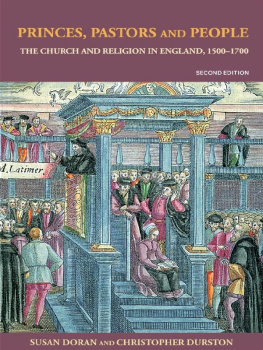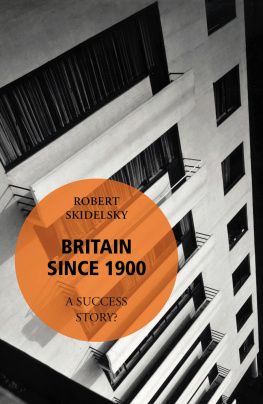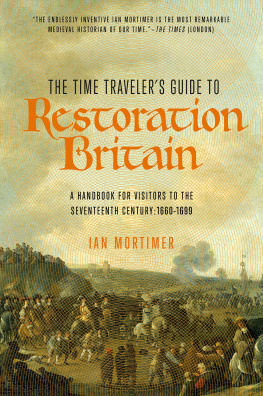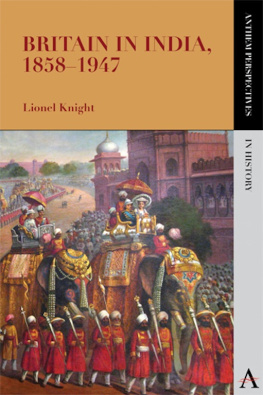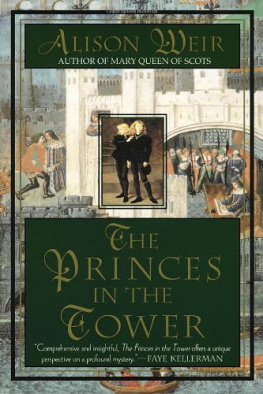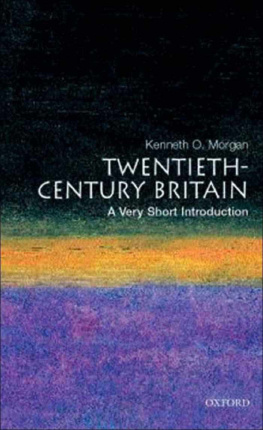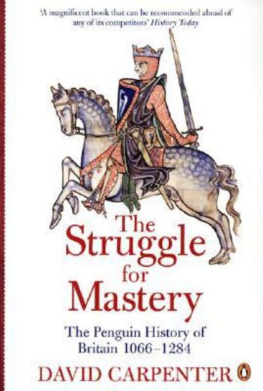Routledge Revivals
Ayahs, Lascars and Princes
People from the Indian sub-continent have been in Britain since the end of the seventeenth century. The presence of princes and maharajahs is well documented but this book, first published in 1986, was the first account of the ordinary people in Britain. This book will be of interest to students of history.
Ayahs, Lascars and Princes
The Story of Indians in Britain 17001947
Rozina Visram
First published in 1986
by Pluto Press Limited
This edition first published in 2015 by Routledge
2 Park Square, Milton Park, Abingdon, Oxon, OX14 4RN
and by Routledge
711 Third Avenue, New York, NY 10017
Routledge is an imprint of the Taylor & Francis Group, an informa business
1986 Rozina Visram
All rights reserved. No part of this book may be reprinted or reproduced or utilised in any form or by any electronic, mechanical, or other means, now known or hereafter invented, including photocopying and recording, or in any information storage or retrieval system, without permission in writing from the publishers.
Publishers Note
The publisher has gone to great lengths to ensure the quality of this reprint but points out that some imperfections in the original copies may be apparent.
Disclaimer
The publisher has made every effort to trace copyright holders and welcomes correspondence from those they have been unable to contact.
A Library of Congress record exists under LC control number: 86212046
ISBN 13: 978-1-138-92120-7 (hbk)
ISBN 13: 978-1-315-68650-9 (ebk)
Rozina Visram
Ayahs, Lascars and Princes
Indians in Britain 17001947
First published in 1986 by Pluto Press Limited,
The Works, 105a Torriano Avenue, London NW5 2RX
and Pluto Press Australia Limited, PO Box 199, Leichhardt,
New South Wales 2040, Australia. Also Pluto Press,
51 Washington Street, Dover, New Hampshire 03820 USA
Copyright Rozina Visram 1986
Material quoted from the India Office Records is Crown copyright.
7 6 5 4 3 2 1
90 89 88 87 86
Phototypeset by AKM Associates (UK) Limited,
Ajmal House, Hayes Road, Southall, Greater London
Printed in Great Britain by Guernsey Press Co. Limited,
Guernsey, C.I.
British Library Cataloguing in Publication Data
Visram, Rozina
Ayahs, lascars and princes: Indians in Britain 17001947
1. East IndiansGreat BritainSocial conditions. 2. Great BritainSocial conditions
I. Title
305.891411041 DA125.S57
ISBN 0 7453 0074 X (pbk)
0 7453 0072 3 (hbk)
Contents
For my niece, Aisha
This book traces the history of Asian settlement in Britain from 1700 to 1947. It examines the nature of Asian migration, official attitudes to the Asian presence in Britain, the reactions and perceptions of the British people and the responses of the Asians themselves. The term Asian as used here refers to the people from the Indian subcontinent. I have used the terms Asian and Indian interchangeably; I use black in a political sense to refer to peoples of Afro-Caribbean and Asian origin. Contrary to common belief, Asians have been in Britain a long time, and have made a far greater contribution to the development of life here than is acknowledged.
Because of the nature of the source material available, the history of Asians in Britain inevitably becomes more a study of a few individuals than of communities. The book, however, does not wish to convey the impression that because a few Asians made it, life for Asians in Britain before 1947 was easy, and that they did not face problems similar to those faced by black communities in Britain today.
This book ends with Indian independence in 1947. This is for two reasons. One, in 1947, two sovereign states, India and Pakistan, emerged from the old Indian Empire (East Pakistan later became Bangladesh); after 1947 India cannot be treated as a single political entity. Two, after 1947, the patterns (and motivations) of migration from India change radically.
This book is very much a first study of the history of Asians in Britain before 1947. I hope that it will provide an inspiration for other, deeper studies of this very important topic.
The book was first conceived as a research project for the ILEA teacher-fellowship programme at the Centre for Multicultural Education, University of London Institute of Education. I owe a deep debt of gratitude to the Centre and to the ILEA for granting me time, administrative assistance and secondment to undertake this study.
I am grateful to the custodians and staff of the following libraries and archives who have met my requests for books, documents and records under their care with efficiency and courtesy: the British Library (both Bloomsbury and Colindale); the India Office Library and Records (IOLR); the Imperial War Museum; the Army Museum; the Marx Memorial Library and the Royal Commonwealth Society. Also the Tower Hamlets Local History Library; Finsbury and Islington Local History Library; Battersea Reference Library, Local History section (and especially R.A. Shaw); Camden and St Pancras Local History Library; Rose Lipman Library, Hackney, Archives Department and Brighton Reference Library. I am also grateful to the London City Mission for allowing me to consult their records.
Many other people have helped me with advice, suggestions and time. I would like especially to thank Victor Kiernan, P.K. Nayar, Chris Power, Sehri Saklatvala, Kathy Soud and Jatinder Verma.
I owe a particular debt of gratitude to the following: Steve Ashton of the IOLR for helping me find my way through the labyrinth of records at the library, for sharing his knowledge of Indian history with me, and for reading and commenting on my draft chapters; Peter Fraser, for his encouragement, interest in my work and for reading my draft chapters; Peter Fryer, for his interest in my research, for his most meticulous reading of my draft chapters and his constructive suggestions; George Shepperson, for his encouragement, valuable suggestions and for reading and commenting on the draft chapters. For any remaining errors and omissions the sole responsibility is mine.
Ayahs, Lascars and Princes
It is often forgotten that Britain had an Indian community long before the Second World War, and that the recent arrival of Asian people in Britain is part of the long history of contact between Britain and India. The arrival of Asians in Britain has taken place precisely because of these long-established connections.
Indian links with Europe go back 10,000 years. The East offered much which Europeans needed spices, textiles and other exotic luxuries like carpets. Not wishing to be left out of this lucrative trade, other European nations the Dutch, English and French followed in the wake of the Portuguese.
The East India Company was launched in England in 1599 by a group of London merchants, with a capital of 30,000. On the last day of 1600, Queen Elizabeth I granted the Company a charter which gave them the monopoly of trade with India and the East.
The East India Company operated from its headquarters in London. An imposing new building was erected in Leadenhall Street in 1726 as the permanent headquarters. To administer its vast interests, a Court of Directors of 24 members, elected for four years from the group of the original subscribers, was set up. Then there were the shareholders in the Company, and finally its various employees, both in London and in India. Labour was needed in London for its dockyards, warehouses, foundries, cordage works, saw mills and even slaughterhouses for cattle, which provided meat for the growing fleet of the East Indiamen which plied between India and England. to protect its commercial concerns in India.


